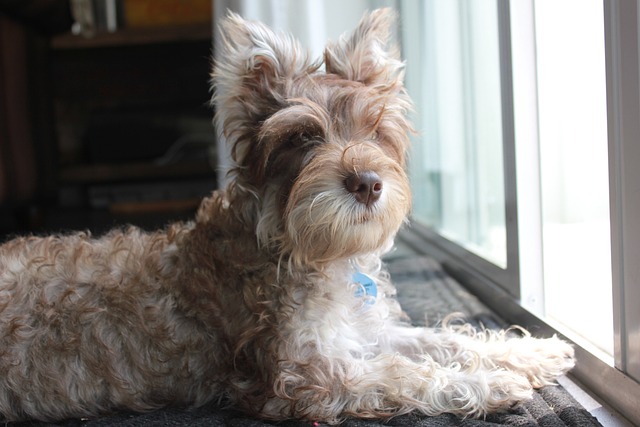
Where should a puppy sleep on the first night
That first night with your new puppy can feel equal parts magical and overwhelming, especially when it's time for bed and the whimpers begin.
Start with a toy your Belgian Malinois loves—maybe a rubber ball or a soft frisbee—and sit on the floor in a quiet room, no distractions. Toss the toy just a few feet away; when they go after it, use an excited tone to say “Fetch!” Once they pick it up, clap and call their name to encourage them to bring it back. If they drop it halfway, walk over together, pick it up, and guide them back to you—keep the mood light, no scolding.
Use positive reinforcement, a key part of dog training, to reward progress. Keep small, low-calorie treats in your pocket; when your Malinois brings the toy back and drops it near you, give them a treat and say “Good fetch!” right away—timing matters here, so they link the action to the reward. After a few sessions, try adding a “Drop it” command before giving the treat; this teaches them to let go on cue, which makes the game smoother.
Gradually increase the distance and add small challenges once they master short tosses. Move to your backyard or a local dog park (make sure the park allows off-leash play if you let them run—check local rules first). Toss the toy a bit farther, and if they hesitate, run with them to make it fun. Belgian Malinois are high-energy, so keep sessions short—10 to 15 minutes max—to avoid boredom or frustration.
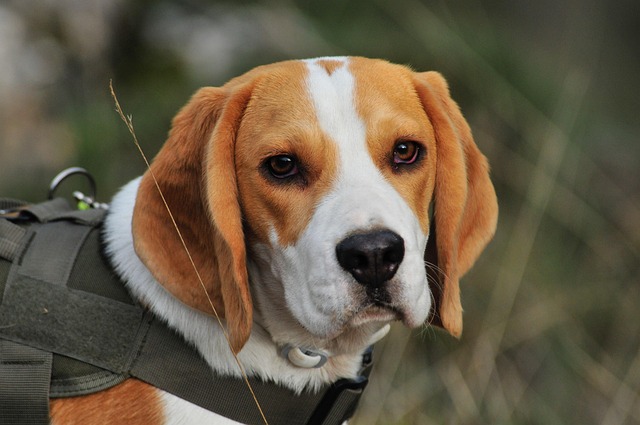 Remember to follow local leash laws and public space rules when teaching fetch outside. In many European countries and U.S. cities, dogs must be leashed in public areas unless in designated off-leash zones; ignoring this can lead to fines or conflicts with other pet owners. Also, always clean up after your Malinois—carry waste bags, as littering with pet waste is illegal in most places and harms community spaces.
Remember to follow local leash laws and public space rules when teaching fetch outside. In many European countries and U.S. cities, dogs must be leashed in public areas unless in designated off-leash zones; ignoring this can lead to fines or conflicts with other pet owners. Also, always clean up after your Malinois—carry waste bags, as littering with pet waste is illegal in most places and harms community spaces.
Watch for signs your Malinois is getting tired or overexcited. If they start jumping on you instead of bringing the toy, or if their tail droops, take a break—overexertion isn’t good for their joints, especially for young pups. You can also mix in mental stimulation, like hiding the toy briefly before tossing it, to keep their sharp minds engaged; this aligns with their working breed instincts.
Teaching your Belgian Malinois fetch isn’t just about play—it’s a way to bond, burn off their energy, and reinforce good behavior. By keeping sessions positive, following local laws, and matching the pace to their personality, you’ll have a reliable fetch partner in no time. Plus, a well-exercised Malinois is a happy one—less likely to chew furniture or act out, making your home life calmer for everyone.

That first night with your new puppy can feel equal parts magical and overwhelming, especially when it's time for bed and the whimpers begin.

The idea of teaching obedience often conjures images of strict commands and military-like discipline, but modern dog training has completely shifted away from that.
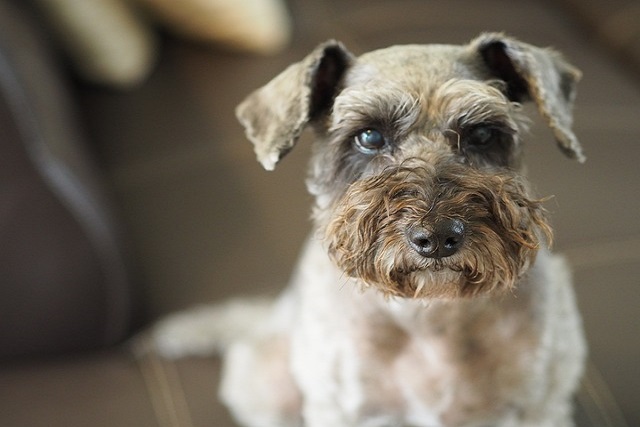
That moment your dog joyfully jumps on a guest or pulls you down the street can make "good behavior" feel like a distant dream.
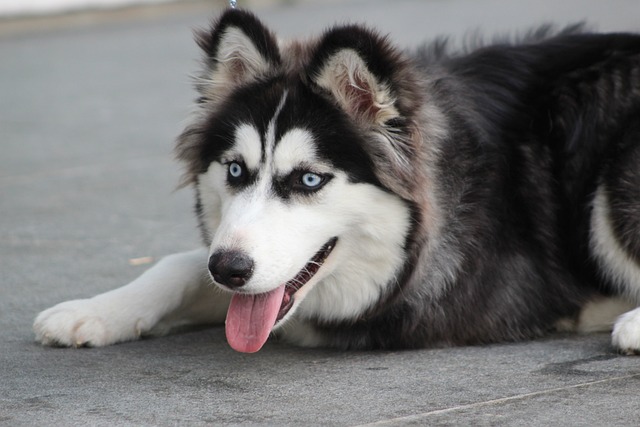
Huskies are energetic and intelligent, but their independent streak can make toilet training a bit tricky—especially if you don’t align with their natural rhythms.
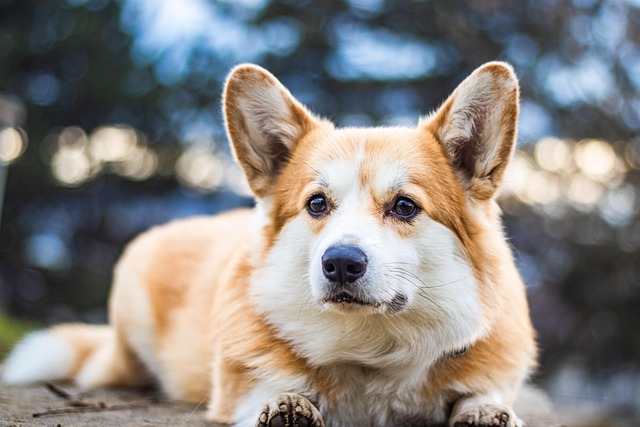
Most corgi owners find housebreaking takes 4 to 6 months, but this timeline shifts with consistency and your pup’s personality.

Golden Retrievers are known for their friendly personalities and eagerness to learn, but potty training still takes patience—don’t expect them to master it overnight.